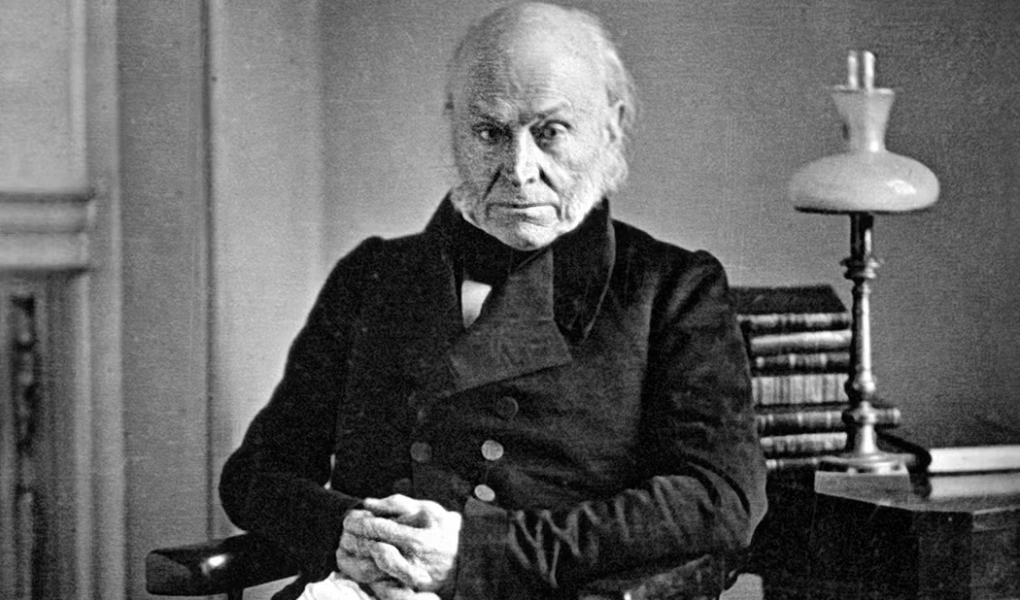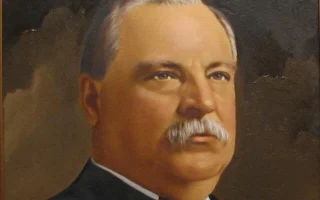kimzolciakwedding.com – The presidency of John Quincy Adams was marked by controversy, political struggle, and a profound commitment to advancing his vision for the future of the United States. Serving as the sixth president of the United States from 1825 to 1829, Adams entered the White House after a contentious election that left his mandate in doubt. Although he had a distinguished diplomatic career before assuming the presidency, his time in office was a turbulent period in American politics. Adams’s presidency is often regarded as one of the most divisive in U.S. history, with his policies and leadership style creating significant friction with both his political opponents and segments of the public.
Despite these challenges, Adams’s administration was also one of intellectual rigor and moral integrity. His dedication to public service, advancement of national development, and advocacy for principles of democratic governance, as well as his focus on diplomacy and foreign policy, left an indelible impact on the course of American history. To fully understand the legacy of John Quincy Adams, it is essential to delve into the political environment of his time, the contentious nature of his presidency, and his vision for the United States’ future.
The Election of 1824: The “Corrupt Bargain” and Adams’s Path to the Presidency
A Divided Election
The election of 1824 is one of the most controversial in American history. Four prominent candidates vied for the presidency: John Quincy Adams, the incumbent Secretary of State; Andrew Jackson, a war hero and political outsider; William H. Crawford, a former U.S. Treasury Secretary; and Henry Clay, the Speaker of the House. The election was fiercely contested, with Jackson emerging as the popular vote leader, followed by Adams, Crawford, and Clay. However, no candidate received a majority of electoral votes, which meant that the decision would fall to the House of Representatives under the 12th Amendment.
In this contentious scenario, Clay, who was in fourth place and thus eliminated from the race, threw his support behind Adams. With Clay’s backing, Adams was elected president by the House of Representatives. Jackson and his supporters, who had won the popular vote, were outraged, accusing Adams and Clay of striking a “corrupt bargain.” Jackson’s accusations were fueled by the subsequent appointment of Henry Clay as Adams’s Secretary of State, which was viewed by many as a political payoff.
The fallout from this election haunted Adams throughout his presidency. While he entered office with a wealth of experience and a deep intellectual vision for the country, the legitimacy of his presidency was called into question by those who believed his election was the result of political maneuvering rather than the will of the people.
A Presidency Divided
Adams’s presidency was defined by intense political division. As a member of the National Republican Party, he faced opposition not only from Andrew Jackson’s supporters, who would form the basis of the Democratic Party, but also from those who felt disillusioned with the way he had won the election. Adams’s decision to appoint men of character and experience, such as Clay and John C. Calhoun, to key positions in his cabinet further fueled the perception that his administration was undemocratic and elitist. His opponents took to calling his presidency illegitimate, and his efforts to pursue his policy agenda often faced fierce resistance from Congress and the American public.
Domestic Policy: A Vision for National Progress
National Development and Internal Improvements
One of Adams’s most significant policy goals as president was to promote national development through public works and infrastructure projects. Inspired by the vision of a unified, prosperous United States, Adams sought to expand federal support for internal improvements like roads, canals, and bridges. He argued that these projects were vital for fostering economic growth, improving communication, and strengthening the nation’s unity, especially in the face of growing regional tensions.
One of Adams’s most ambitious proposals was the establishment of a national fund for internal improvements, which would include the construction of national roads and the development of a national system of canals. However, these initiatives faced strong resistance from states’ rights advocates and opponents of a large federal government. Although the National Road and other infrastructure projects eventually gained support, Adams’s comprehensive vision for national development was stymied by partisan gridlock and the prevailing political sentiment that favored limited federal involvement.
The Tariff of Abominations
Another major domestic issue during Adams’s presidency was the Tariff of 1828, often referred to as the “Tariff of Abominations.” This protective tariff was designed to protect Northern manufacturers from foreign competition by imposing higher taxes on imported goods. However, the tariff disproportionately affected the Southern states, which relied on imports and were economically dependent on agricultural exports.
Adams supported the tariff as a means to protect American industry, but it faced fierce opposition from Southern states, particularly South Carolina, where the tariff was seen as an economic burden. John C. Calhoun, Adams’s vice president, became a vocal critic of the tariff and argued that states had the right to nullify federal laws they deemed unconstitutional. This led to the Nullification Crisis, a confrontation between the federal government and South Carolina over the tariff, which highlighted the growing sectional divisions within the United States.
Although Adams was unable to resolve the crisis during his presidency, his willingness to assert the supremacy of federal authority laid the groundwork for future national debates over the balance of power between the states and the federal government.
Native American Policy
Adams’s approach to Native American policy was also controversial. While he supported policies aimed at integrating Native American tribes into mainstream American society, his administration did not pursue the aggressive removal policies that would later characterize Andrew Jackson’s presidency. Instead, Adams advocated for the protection of Native American lands and their integration into American society through education and adoption of agricultural practices. Despite his attempts to adopt a more compassionate approach, Adams’s policies were often undermined by the growing political power of those who favored expansion and the displacement of Native American tribes.
Foreign Policy: Adams’s Diplomatic Legacy
The Monroe Doctrine
One of the highlights of Adams’s presidency was his role in articulating the Monroe Doctrine, a landmark piece of foreign policy that defined U.S. relations with European powers in the Western Hemisphere. The Monroe Doctrine, which was announced in 1823, declared that the Western Hemisphere was off-limits to European colonization and interference. The United States would consider any such attempt as a threat to its own security and sovereignty.
Adams, as Secretary of State under President James Monroe, was the chief architect of the doctrine. While Monroe delivered the speech that outlined it, it was Adams who carefully crafted the policy, which laid the foundation for American foreign policy in the Americas. The Monroe Doctrine not only helped to prevent European powers from intervening in Latin America, but it also positioned the United States as the protector of liberty and independence in the Western Hemisphere.
The Adams-Onís Treaty
Adams’s foreign policy successes also included the negotiation of the Adams-Onís Treaty of 1819, which resolved territorial disputes between the United States and Spain. Under the treaty, Spain ceded Florida to the United States and established clear borders between U.S. territory and Spanish holdings in North America. This acquisition of Florida was a significant diplomatic achievement and helped to strengthen the United States’ position in the Americas.
While Adams’s diplomatic achievements were largely successful, they were overshadowed by the internal political battles and his contentious relationship with his domestic opponents.
The End of Adams’s Presidency: A Political Failure?
The 1828 Election: The Rise of Jacksonian Democracy
In 1828, after a single term in office, John Quincy Adams faced a fierce challenge from Andrew Jackson, who had capitalized on the populist sentiments of the growing masses of white male voters. Jackson, with his military background and appeal to the common man, was able to rally the public against Adams’s elitist image. The election was marked by personal attacks, smear campaigns, and an increasingly polarized political climate.
Jackson’s victory in 1828 was decisive, as he won a clear mandate from the people. The result was a repudiation of Adams’s presidency, with many seeing his defeat as a sign that the country was shifting away from the aristocratic, elitist politics of the past and embracing a new era of populism. Adams’s presidency ended in political failure, and his vision for national unity and progress was largely left unfulfilled.
Legacy: A Complex and Controversial Presidency
John Quincy Adams’s presidency remains a complex and controversial chapter in American history. While his vision for national development, his commitment to the integrity of the federal government, and his diplomatic achievements were important, his presidency was marred by political opposition and divisive partisanship. His failure to connect with the masses and navigate the shifting political landscape of the time led to his electoral defeat.
Nonetheless, Adams’s legacy as a public servant and statesman is undeniable. His intellectual rigor, moral integrity, and commitment to advancing the interests of the United States as a world power helped lay the foundations for the nation’s growth in the 19th century. His time in office may have been contentious, but his influence on American foreign policy and national development cannot be understated.



